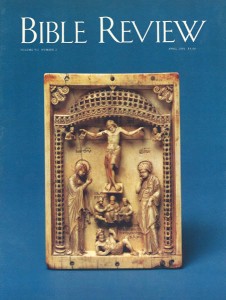How a Sung Sermon Works
Sidebar to: Sung Sermons
A kontakion (plural, kontakia) derives its name from the rod or spindle (kontax) around which the parchment scroll containing the text was originally wound. Each kontakion is prefaced by one or more brief stanzas called koukoulia (hoods, cowls), which indicate the general approach to the topic and, in the final line, introduce the refrain with which all subsequent stanzas conclude. These refrains offered the congregation an opportunity to participate in the performance by chiming in with the repeated phrases. (In this article the refrains are highlighted in color.) The 18 to 24 stanzas (oikoi: “houses”) of a work are constructed of a series of lines, woven in an intricate word-accent rhythm; each stanza follows the same metrical and musical pattern throughout the entire kontakion. The first letter of the initial word in every stanza contributes to an acrostic which “signs” every work:
Already a library member? Log in here.
Institution user? Log in with your IP address.

